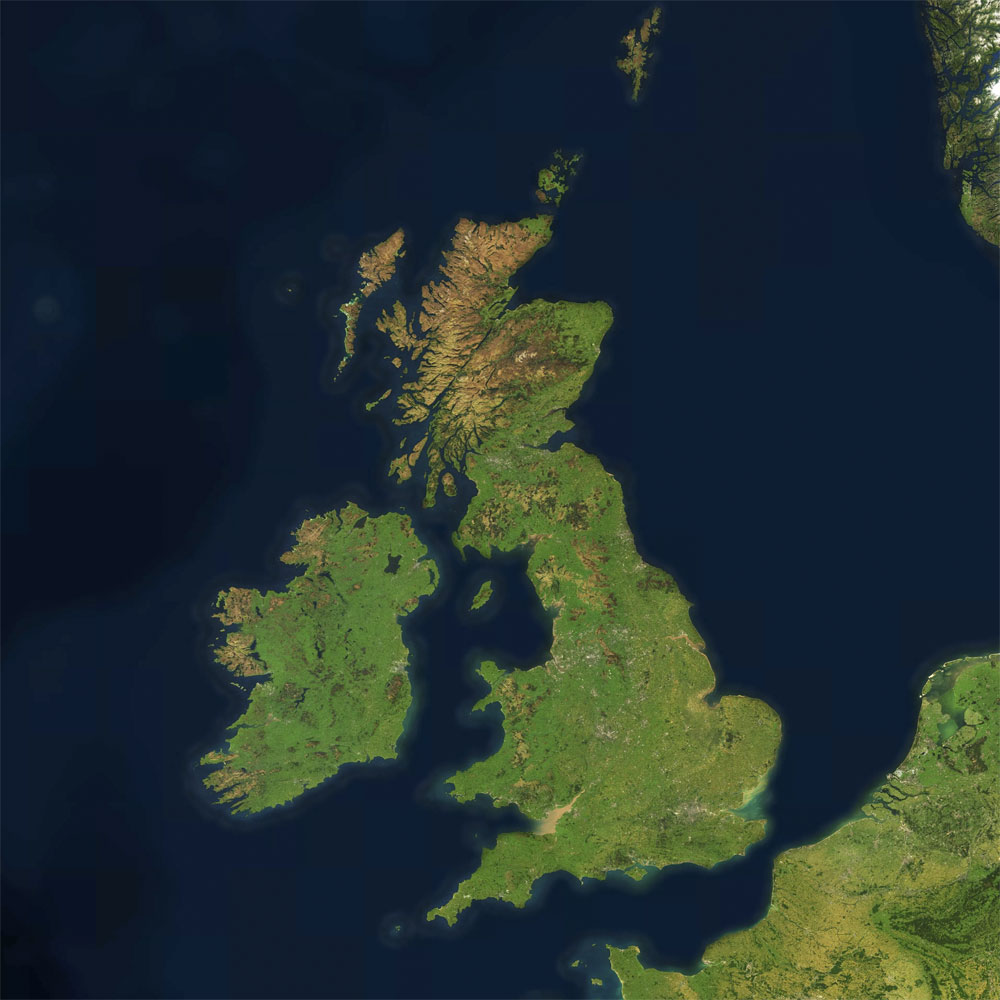Cloud Index




Since the beginning of time, humans have looked to the sky to determine the future; today we look to the Cloud. The technologies we are developing today are capable of analysing the world at a scale never before imagined. Satellites scour the earth's surface from orbit; sensors in our devices record our every move, and every mood. By processing this data, we attempt to predict, and thus control, future outcomes.
At the same time, and over many years, we have developed technologies for predicting, and altering, the weather. We can seed and disperse clouds, change the reflectivity of the atmosphere, and alter the global climate. For centuries, we have done so unintentionally; now we must consider the question of whether we should do so intentionally.
The Cloud Index is a series of simulations: a weather forecast for possible futures. The simulations depict proposed cloud structures which correspond to measured electoral scenarios. These are dreams of the weather, hallucinated by machines. If we wish to change the future, we must change the weather.
First: a binary choice. To leave, or to remain.
Simulation 001
To Remain
This simulation depicts a series of cloud formations which correspond with a 100% Remain vote in the UK’s referendum on participation in the European Union, as predicted by the Cloud Index.
The Cloud Index was created by analysing over 15,000 satellite images of weather patterns, and correlating them to seven years of polling data leading up to the UK’s 2016 EU referendum. This analysis was performed by machine learning: a neural network, which mimics the structure of the brain and can develop an understanding of large volumes of data.
Neural networks are heavily employed in many advanced fields today, from medical research to social network analysis, and from generating news stories to playing the stock market. The ultimate goal of such networks is to gather and analyse sufficient volumes of data that we can predict, and ultimately control, the future.
Simulation 002
To Leave
This simulation depicts a series of cloud formations which correspond with a 100% Leave vote in the UK’s referendum on participation in the European Union, as predicted by the Cloud Index.
Marshall McLuhan wrote: “We shape our tools, and thereafter our tools shape us”. But how we understand our tools shapes us too. This is technology: an understanding of the techniques and processes which shape the world.
This understanding is not binary: rather it presumes movement and flow. It is an evolving and entangled set of understandings, subject to analysis, doubt, change, and re-interpretation.
To move from a position of remaining, to one of leaving, and back again. Remain to Leave, or Leave to Remain.
Simulation 003
Remain to Leave
This simulation depicts a change in the weather which corresponds to a shift in public opinion. In this case, opinion moves from a 100% Remain vote to a 100% Leave vote.
The Cloud Index is based in the history of computation and meteorology. The very first digital computers were developed for two purposes: to calculate the yield of atomic bombs, and to predict the weather. The goal of both of these programmes was mastery over the physical world. “All stable processes we shall predict,” wrote John von Neumann. “All unstable processes we shall control.”
Cloud seeding is now a mature technology, operated by countries around the world in the service of agriculture, security, and propaganda. Together with the simulations developed by the Cloud Index, it should be possible to seed political outcomes through manipulation of the weather, if this is not occurring already.
Simulation 004
Leave to Remain
This simulation depicts a change in the weather which corresponds to a shift in public opinion. In this case, opinion moves from a 100% Leave vote to a 100% Remain vote.
That which is clear becomes clouded, and that which is clouded becomes clear. But this is not a simple operation which moves only in one direction. What is revealed by the network is the essential and continuous connection between these states. What is revealed is the quantum nature of knowledge itself: an abstract truth in superposition which is collapsed by our description of it.
The models our systems build are not models of the world, but models of ourselves. The apparatus can only measure itself.
Simulation 005
Towards Certainty
This simulation depicts a series of changes in the weather which correspond to increasing certainty on the part of the voting population, from a position where 100% of the electorate is undecided, to one where the vote is 100% Leave, 100% Remain, or evenly split 50/50 between both positions.
What our systems are really modelling is uncertainty, while attempting to produce certainties. What appears to be beyond truth is the crisis of truth itself: the paradox of being able to see all possible outcomes, and, all too often, the paralysis that results. Confronted with differing worldviews, we cling to the extremes.
Uncertainty has always been with us: it is born of the complexity of the world itself. Our increasingly advanced technological systems are revealing to us the depth and ubiquity of this uncertainty. Living with and within such uncertainty is the challenge our century presents to us.
This is what the cloud is: not a machine for delivering rationality, but a model for perceiving the unknowable complexity of the world.
Simulation 006
Towards Uncertainty
This simulation depicts a series of changes in the weather which correspond to increasing uncertainty on the part of the voting population. The situation moves from a variety of positions including 100% Remain, 100% Leave, and 50/50 split, to a position where 100% of voters are undecided.
The question before us is not "What can we do?" but "What should we do?"
